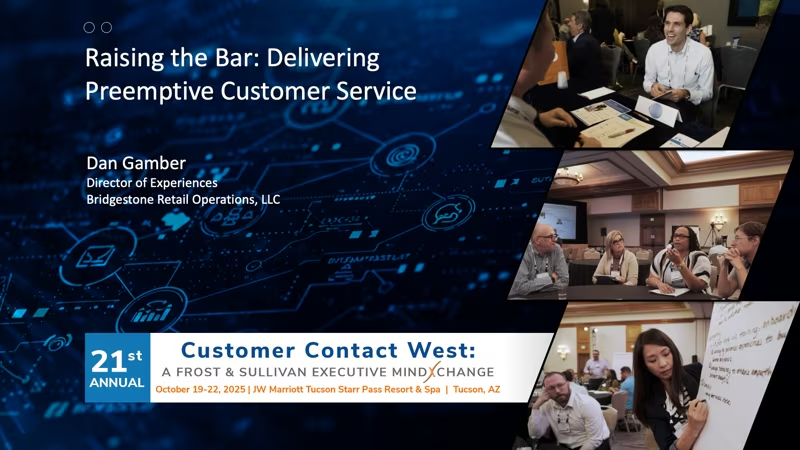Consider the story of two stonemasons. You walk up to the first stonemason and ask, “Do you like your job?” He looks up at you and replies, “I’ve been building this wall for as long as I can remember. The work is monotonous. I work in the scorching hot sun all day. The stones are heavy and lifting them day after day can be backbreaking. I’m not even sure if this project will be completed in my lifetime. But it’s a job. It pays the bills.” You thank him for his time and walk on.
About thirty feet away you walk up to a second stonemason. You ask him the same question, “Do you like your job?” He looks up and replies, “I love my job. I’m building a cathedral. Sure, I’ve been working on this wall for as long as I can remember and yes, the work is sometimes monotonous. I work in the scorching hot sun all day. The stones are heavy and lifting them day after day can be backbreaking. I’m not even sure if this project will be completed in my lifetime. But I’m building a cathedral.” – Original author Unknown, retold by Simon Sinek in Start With Why
Most service leaders long for creating an experience that is lasting and memorable. We see the potential of our company or organization, and believe we can build an inspiring experience for our customers and our associates. But where do you start?
About 10 years ago, I was obsessed with understanding how the best customer service organizations accomplished and continued to create a culture of awe inspiring experiences. Were there common strategies or building blocks that I could bring to my company? Is there a repeatable design or architecture? And could I create these experiences, even though my industry was so much different (or so I thought)?
There was, and I could (and did).
Every company I researched had what I considered a common foundation.
The Core Foundation:
1. Articulated & Internalized Culture – The most important and foundational aspect of every amazing service organization. This is WHY your organization strives to provide an incredible experience. Just to be clear, your WHY are not the end results like NPS and CSat, but what you are actually delivering for/to a customer. For more on the importance of Why “Your Why” Means Everything in Customer Service. Culture needs to be based on strong Values, needs to be clear, and needs to be spelled out or articulated. These should be discussed frequently and be part of your performance management. This culture should allow your associates to empower themselves to understand the best way to care for your customer. Remember: Attitude is not driven by policies, its driven by culture.
2. Best Talent – “Make sure to get the right people on the bus, then figure out where to go.” – Good to Great.
• Acquire, develop, and reward top talent
• Find culture “fits”, and be open to diversity of thought and cultures
• Create an engaging learning environment
• Let feedback be your ticket to grow (Personally and Organizationally)
3. Process Management – Process Management gets a bad name; people think of red tape and hassle. But Process Management, when used correctly, should reduce micromanagement, and empower others to provide awe-inspiring service. Process, based on strong articulated values, provides the guidance, steps, and governance for agents and supervisors to deliver service autonomously. This autonomy delivers great service at the point of interaction or moment that matters and creates efficiency in the organization.
4. Right Technology – One of the biggest mistakes customer service and experience leaders make is letting technology project become the objective versus the tool that solves for the objective. Most technology projects are people or process projects in hiding. The reason why technology is so high on the foundation is you need to understand your culture and service values, have the right organization in place to support, and the appropriate process management to build and govern around. Technology can help provide service more efficiently and easier, but should not be the objective. An example for a luxury retailer:
• Why – Make special occasions special memories
• How – By making connections with clients
• What – Using a technology that facilitates the connection and memory building
5. Data Insights – In our current environment of AI (artificial intelligence), machine learning, bots, and personalization, data collection and delivery of insight is already becoming more important than most of the customer service technology. Ensuring that you are capturing the customer’s emotional and behavioral voices. Emotional voices include NPS surveys, CSat surveys, social sentiment, and direct feedback. Behavioral voice data comes from what IVR selections are made to UX/UI information, to MarCom email responses, and shopping/buying habits. Creating a rich data environment is difficult; you need to understand what is critical for today and what will be important in the future. Other important tips are getting into the discipline of periodic dashboards and communicating results to broader audiences.
A strong foundation enables your traditional customer service strategic imperatives surrounding quality of the experience, cost/scale/flexibility, people and engagement, and your risk management to deliver you to Awe-Inspiring Experiences. Awe-Inspiring like the Pantheon in Rome or Notre Dame in Paris, I am building a cathedral.
This post originally appeared on The Pace of Service and LinkedIn and has been reprinted here with the author’s permission.
Michael Pace is currently Director, Global Member Services, Virgin Pulse, a part of Sir Richard Branson’s Virgin Group. In this role, he drives daily engagement and long-term behavior change through programs that are fun and social, and that get people involved and keep them engaged … for good.
Michael is also President, Northeast Contact Center Forum, New England’s largest community of contact and call center leaders, and has been called “One of the most influential customer service leaders” by The Huffington Post.



